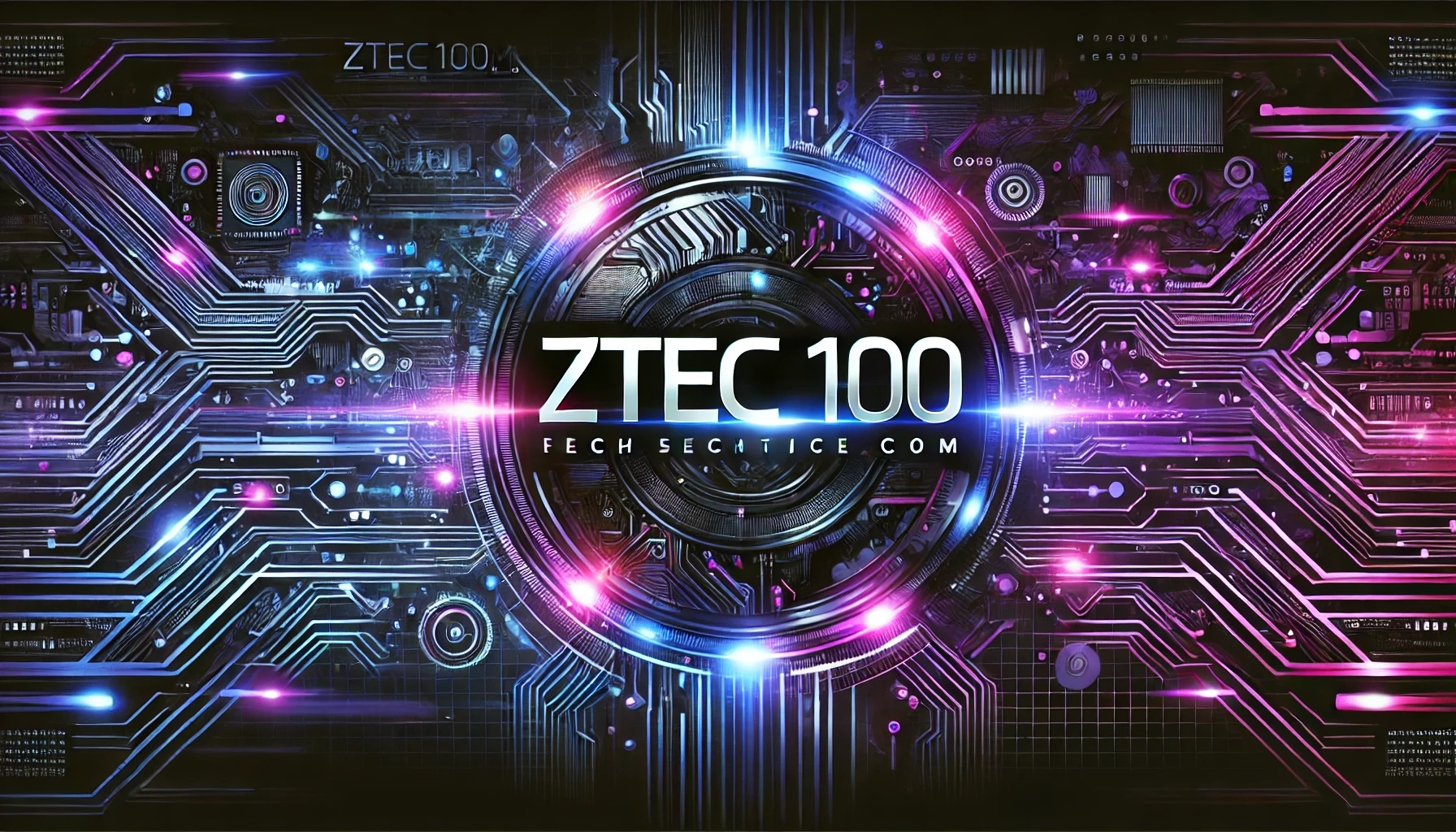Instanavigation: The Future of Seamless Navigation
In the rapidly evolving world of technology, new innovations frequently redefine how we interact with our environment. One such breakthrough is “Instanavigation,” a cutting-edge navigation technology designed to enhance user experiences through unprecedented accuracy and ease. This article delves into what Instanavigation is, how it works, its applications, and the transformative impact it could have on various industries.
What is Instanavigation?
Instanavigation is an advanced navigation system that leverages real-time data and sophisticated algorithms to provide users with precise and immediate directions. Unlike traditional GPS-based navigation systems that rely on satellite signals and can suffer from delays or inaccuracies, Instanavigation uses a combination of technologies such as augmented reality (AR), machine learning, and sensor fusion to deliver an enhanced navigation experience.
The Evolution of Navigation Technologies
To understand Instanavigation fully, it’s essential to appreciate the evolution of navigation technologies. Traditional navigation systems have relied on physical maps and GPS signals, which, while revolutionary at their inception, have limitations in terms of real-time accuracy and adaptability. The introduction of Instanavigation represents a significant leap forward by addressing these limitations with more advanced, integrated technologies.
How Instanavigation Works
Instanavigation integrates several cutting-edge technologies to offer real-time, highly accurate navigation services. Here’s a breakdown of the key components:
1. Augmented Reality (AR)
AR overlays digital information onto the real world, enhancing the user’s perception of their environment. With Instanavigation, AR can project directional arrows, points of interest, and real-time updates directly onto a user’s field of view through smart glasses or mobile devices. This visual augmentation helps users navigate more intuitively and safely.
2. Machine Learning Algorithms
Machine learning algorithms are central to Instanavigation’s capability to adapt and improve over time. These algorithms analyze vast amounts of data to predict traffic patterns, suggest optimal routes, and provide personalized navigation experiences based on user behavior and preferences.
3. Sensor Fusion
Sensor fusion involves combining data from multiple sensors to create a more accurate representation of the environment. Instanavigation systems utilize various sensors such as accelerometers, gyroscopes, and cameras to gather comprehensive data, which is then used to refine navigation instructions and ensure precision.
4. Real-Time Data Integration
Instanavigation systems integrate real-time data from various sources, including traffic updates, weather conditions, and road closures. This dynamic approach ensures that users receive the most current information, allowing them to make informed decisions and adjust their routes as necessary.
Applications of Instanavigation
The versatility of Instanavigation extends across multiple industries, offering significant benefits in various contexts. Here are some notable applications:
1. Automotive Industry
In the automotive industry, Instanavigation enhances driving experiences by providing real-time, AR-guided navigation directly within the vehicle’s dashboard or through augmented reality head-up displays (HUDs). This integration not only improves navigation accuracy but also enhances safety by reducing the need for drivers to look away from the road.
2. Smart Cities
Smart cities leverage Instanavigation to optimize urban mobility. By integrating real-time data and dynamic routing, city planners can manage traffic flow more efficiently, reduce congestion, and enhance overall transportation infrastructure. Additionally, Instanavigation helps residents and visitors navigate complex urban environments with ease.
3. Retail and Hospitality
In retail and hospitality settings, Instanavigation can enhance customer experiences by providing interactive in-store navigation. Shoppers can receive directions to specific products, find their way around large stores, or get recommendations for nearby services. Hotels and resorts can use similar technology to guide guests to amenities and attractions within their premises.
4. Tourism
For tourists, Instanavigation offers a valuable tool for exploring new destinations. By providing AR-guided tours and real-time information about points of interest, historical landmarks, and local attractions, Instanavigation enhances the overall travel experience and helps visitors make the most of their trips.
5. Healthcare
In healthcare facilities, Instanavigation can streamline patient and staff movement within large hospitals or clinics. It assists patients in finding their way to appointments, improves efficiency for medical staff, and enhances overall facility management.
Benefits of Instanavigation
The adoption of Instanavigation brings numerous benefits, transforming how users interact with their surroundings. Here are some of the key advantages:
1. Enhanced Accuracy
Instanavigation’s use of real-time data and advanced algorithms ensures highly accurate directions, reducing the likelihood of errors and improving the overall user experience.
2. Improved Safety
By providing AR-guided navigation and real-time updates, Instanavigation enhances safety for drivers, pedestrians, and users in various environments. The technology minimizes distractions and helps users stay informed about potential hazards.
3. Increased Convenience
Instanavigati0n simplifies the navigation process by offering intuitive, real-time guidance. Users benefit from features such as voice commands, visual cues, and dynamic routing, making navigation more convenient and user-friendly.
4. Personalization
Instanavigati0n systems can adapt to individual preferences and behaviors, offering personalized recommendations and routes tailored to the user’s specific needs and habits.
5. Efficient Resource Management
For businesses and city planners, Instanavigati0n provides valuable insights into traffic patterns, user behavior, and resource utilization. This data can be used to optimize operations, improve efficiency, and make informed decisions.
Future Trends and Developments
The future of Instanavigation is promising, with several emerging trends and developments on the horizon:
1. Integration with Autonomous Vehicles
As autonomous vehicles become more prevalent, Instanavigati0n will play a crucial role in providing seamless, real-time guidance for self-driving cars. The integration of Instanavigati0n with autonomous driving systems will enhance navigation accuracy and safety.
2. Advancements in AR Technology
Continued advancements in AR technology will further enhance Instanavigation’s capabilities. Improved AR displays, more immersive experiences, and better integration with wearable devices will provide users with even more intuitive navigation solutions.
3. Expansion of Smart City Initiatives
As smart city initiatives grow, Instanavigation will become increasingly integral to urban planning and management. Enhanced data integration and real-time analytics will drive more efficient and responsive city infrastructure.
4. Increased Personalization
Future developments in machine learning and AI will enable even greater levels of personalization in Instanavigation systems. Users can expect more tailored recommendations, adaptive routing, and customized experiences based on their preferences and behavior.
Conclusion
Instanavigation represents a significant leap forward in the world of navigation technologies, offering enhanced accuracy, improved safety, and increased convenience. By leveraging advanced technologies such as augmented reality, machine learning, and sensor fusion, Instanavigation is poised to transform how we navigate our world. From automotive applications to smart cities and beyond, the potential of Instanavigation is vast, promising a future where navigation is more intuitive, efficient, and personalized than ever before. As technology continues to evolve, Instanavigation will undoubtedly play a central role in shaping the future of navigation and user experience.



